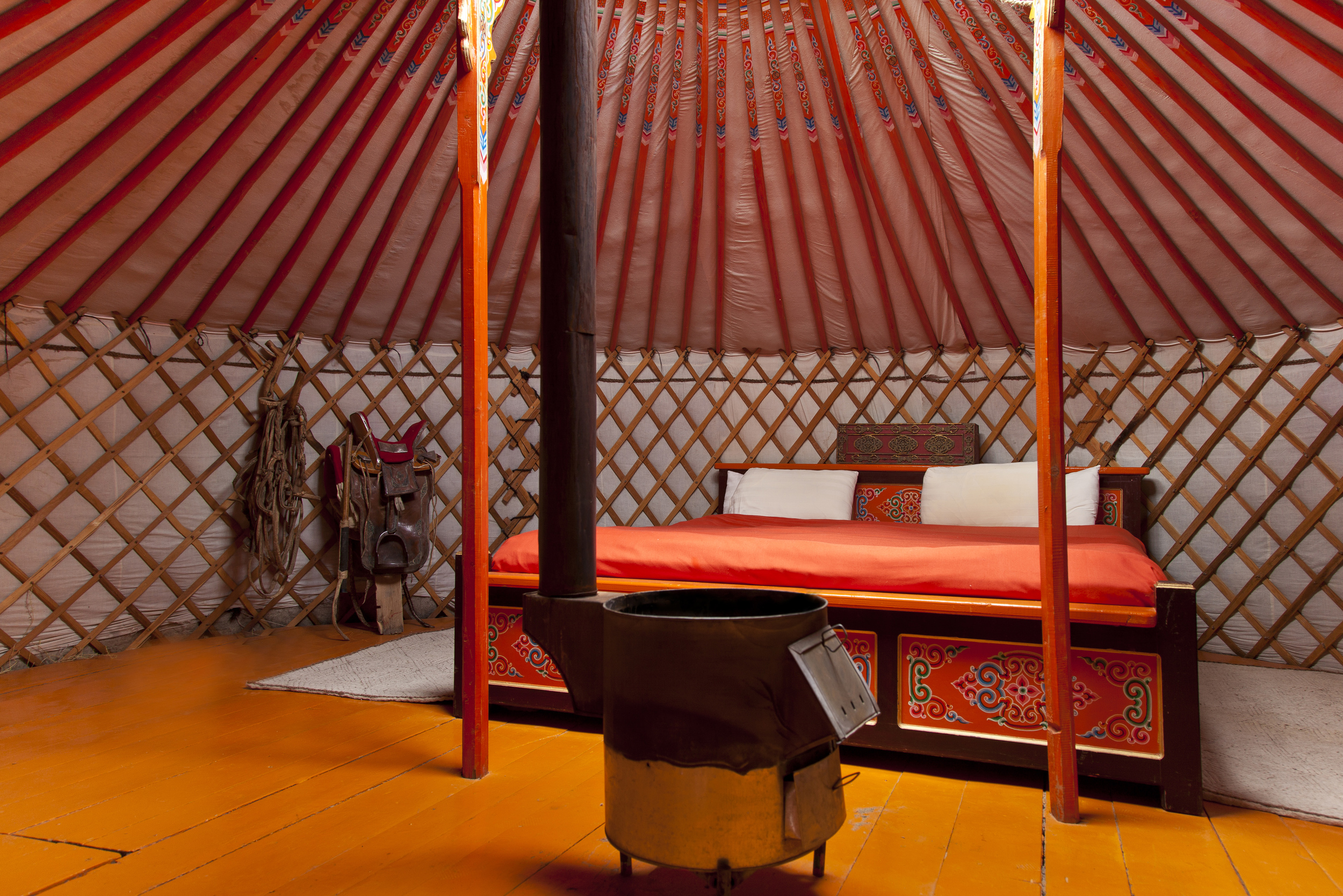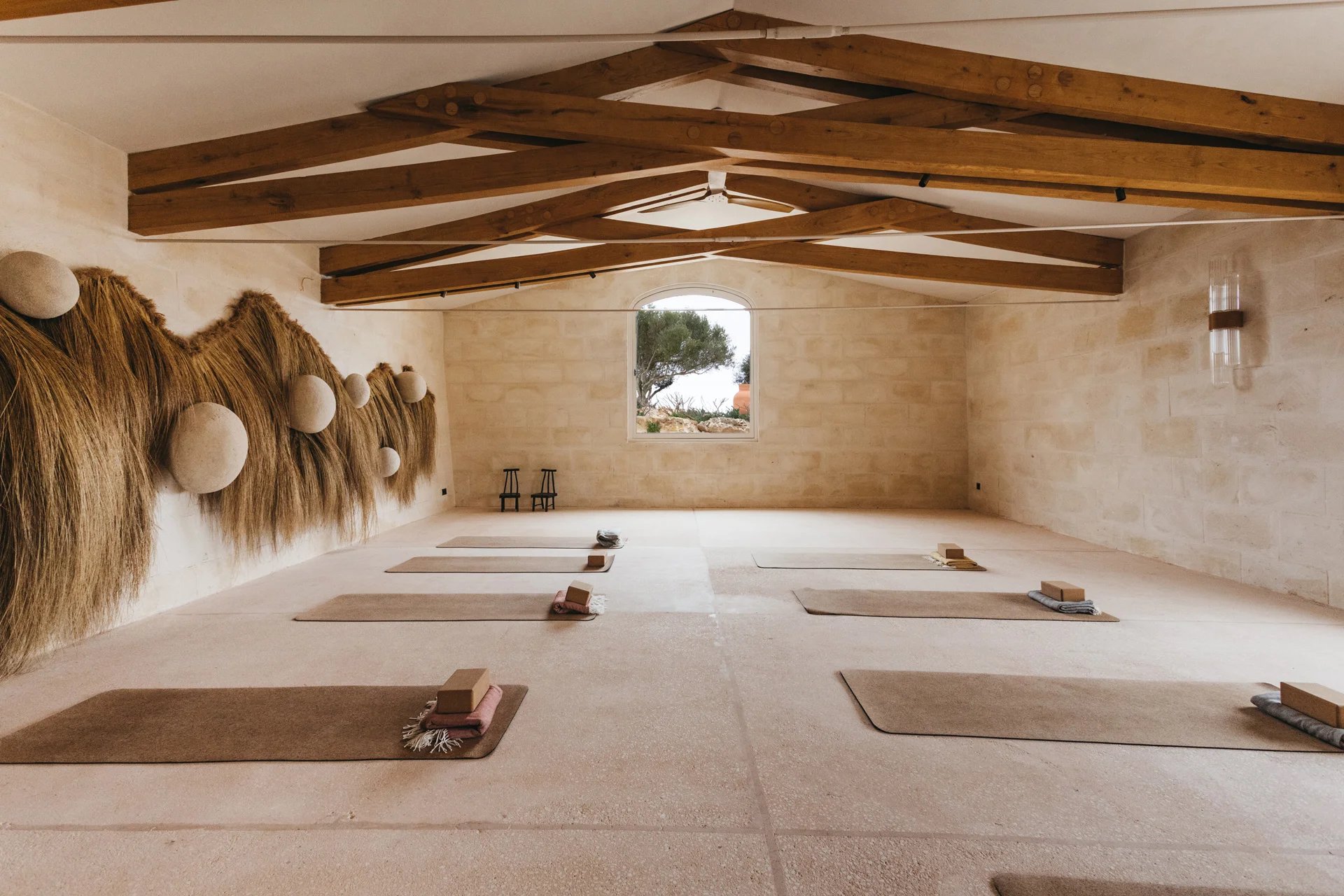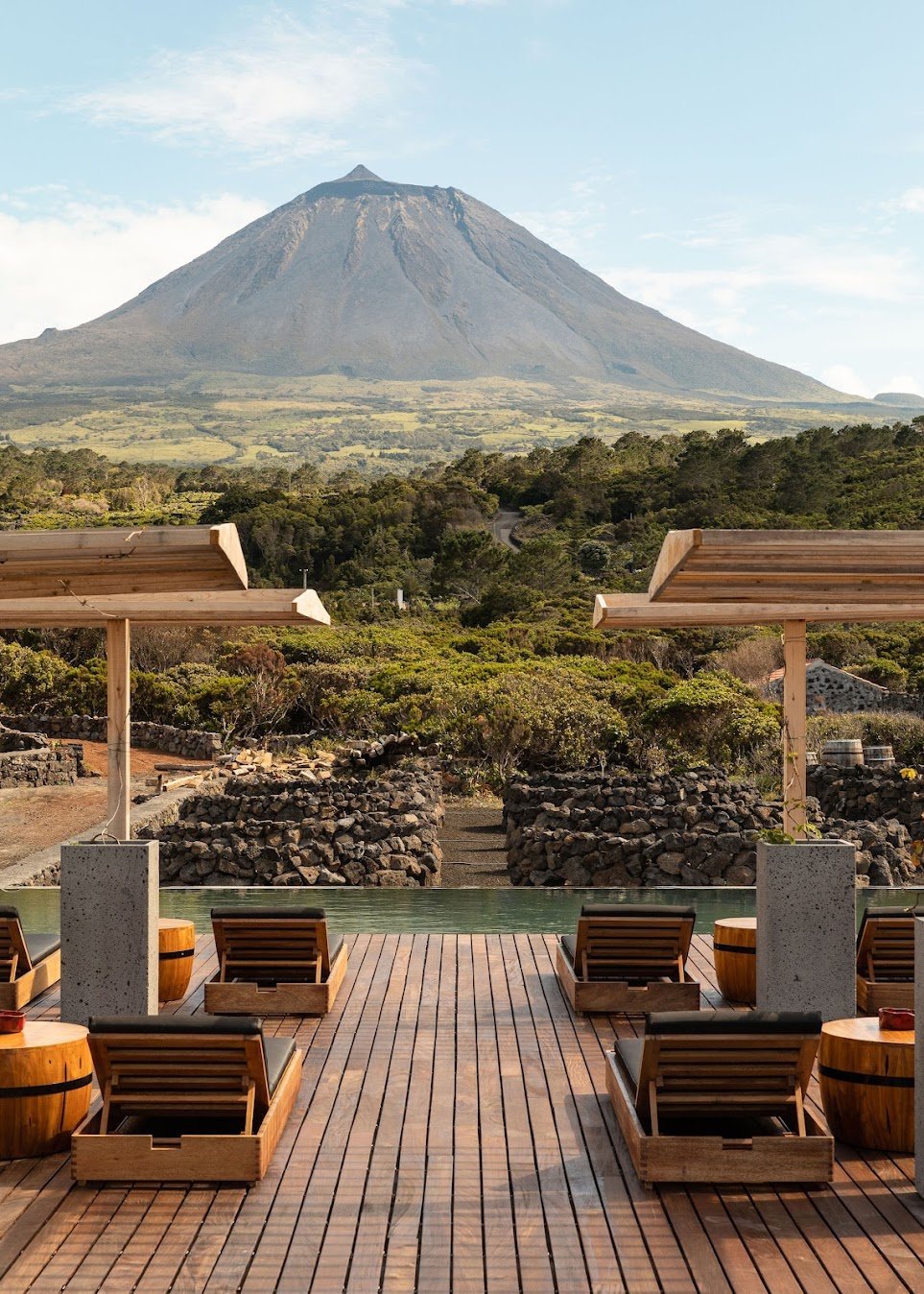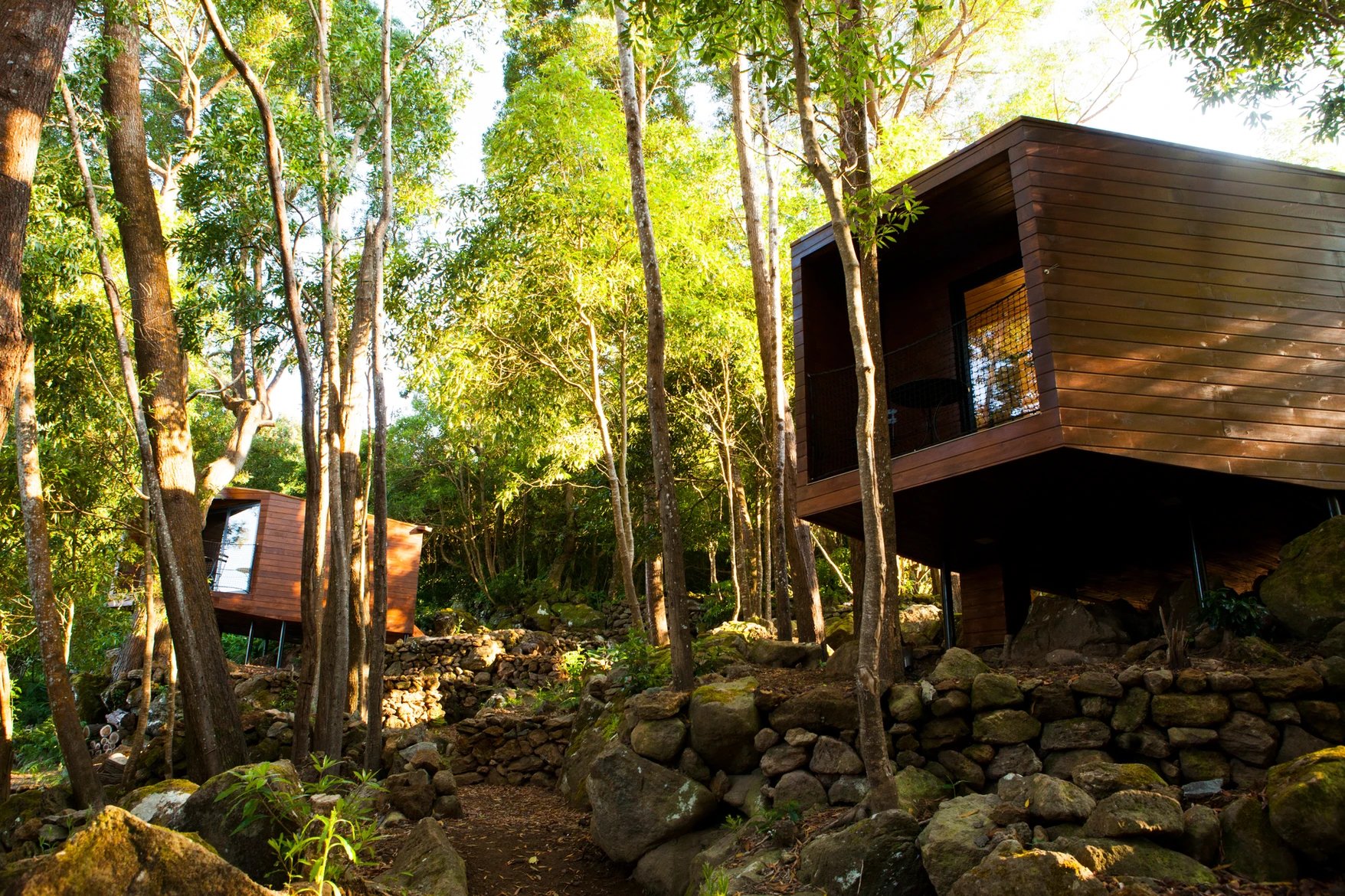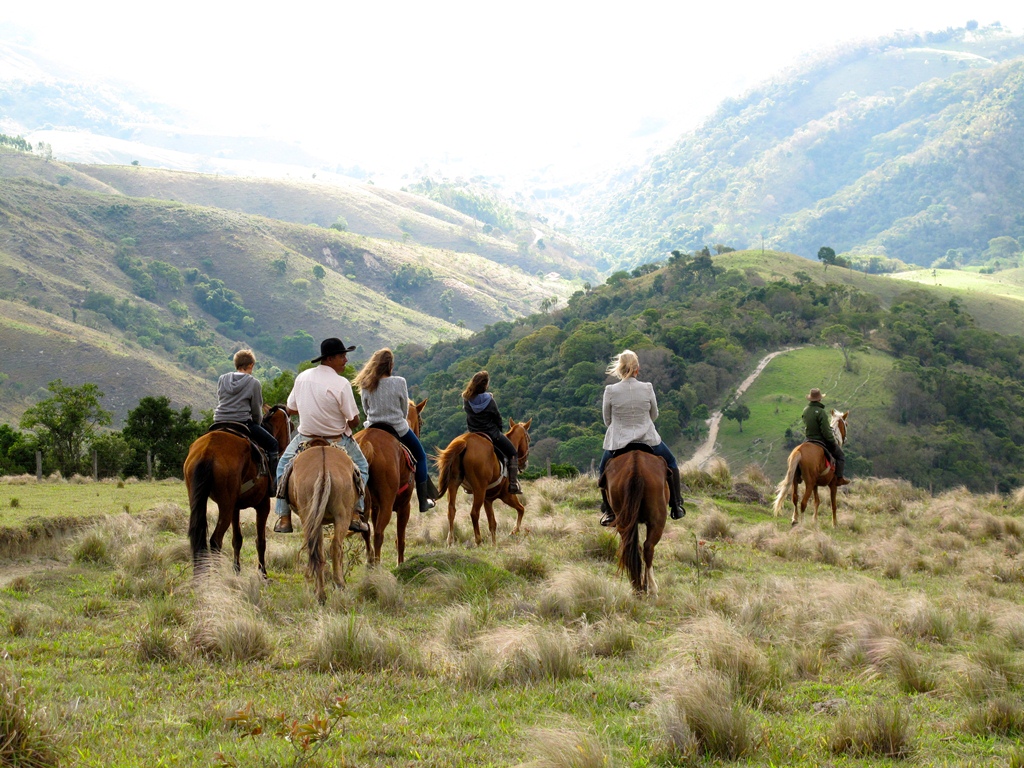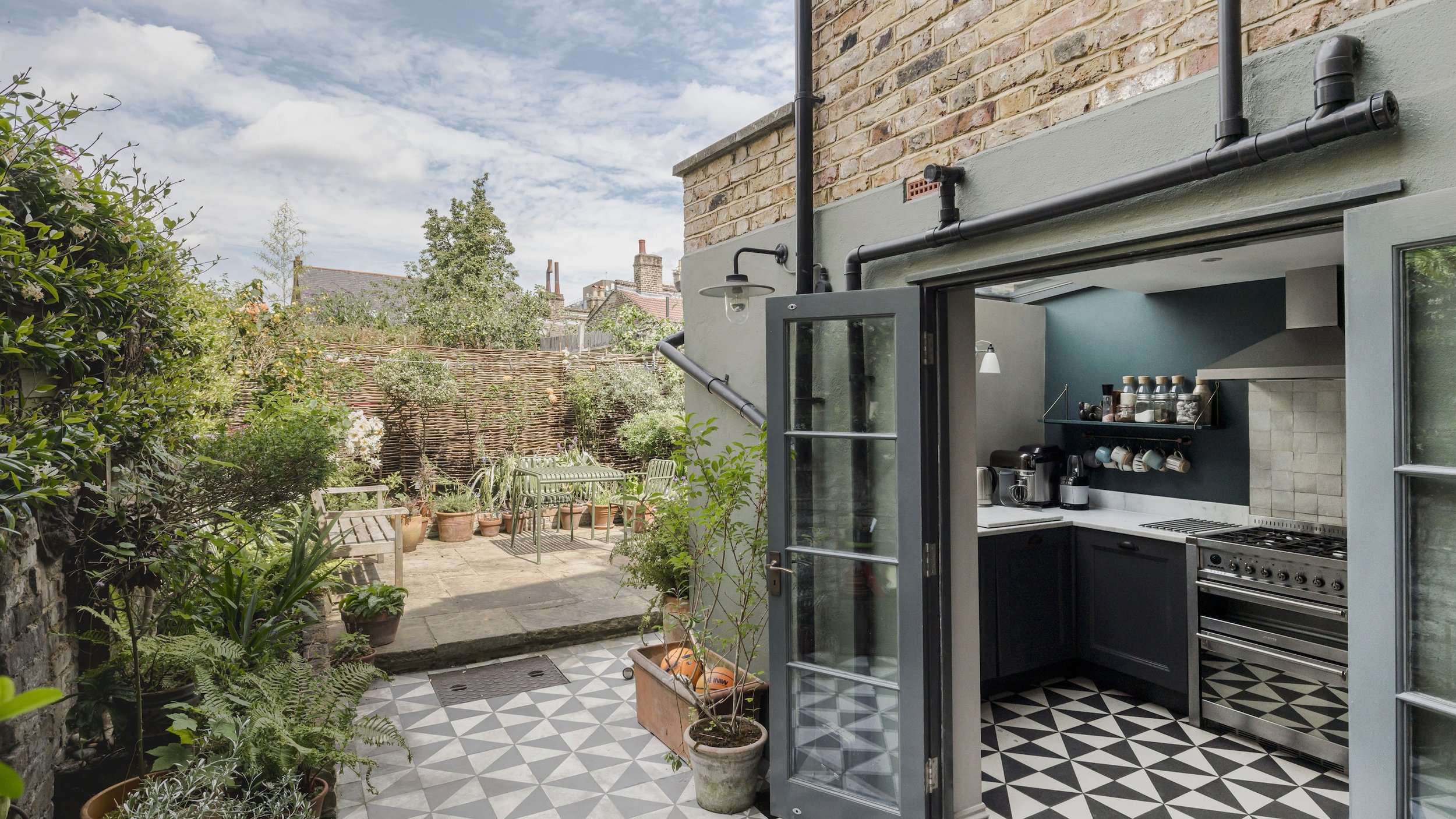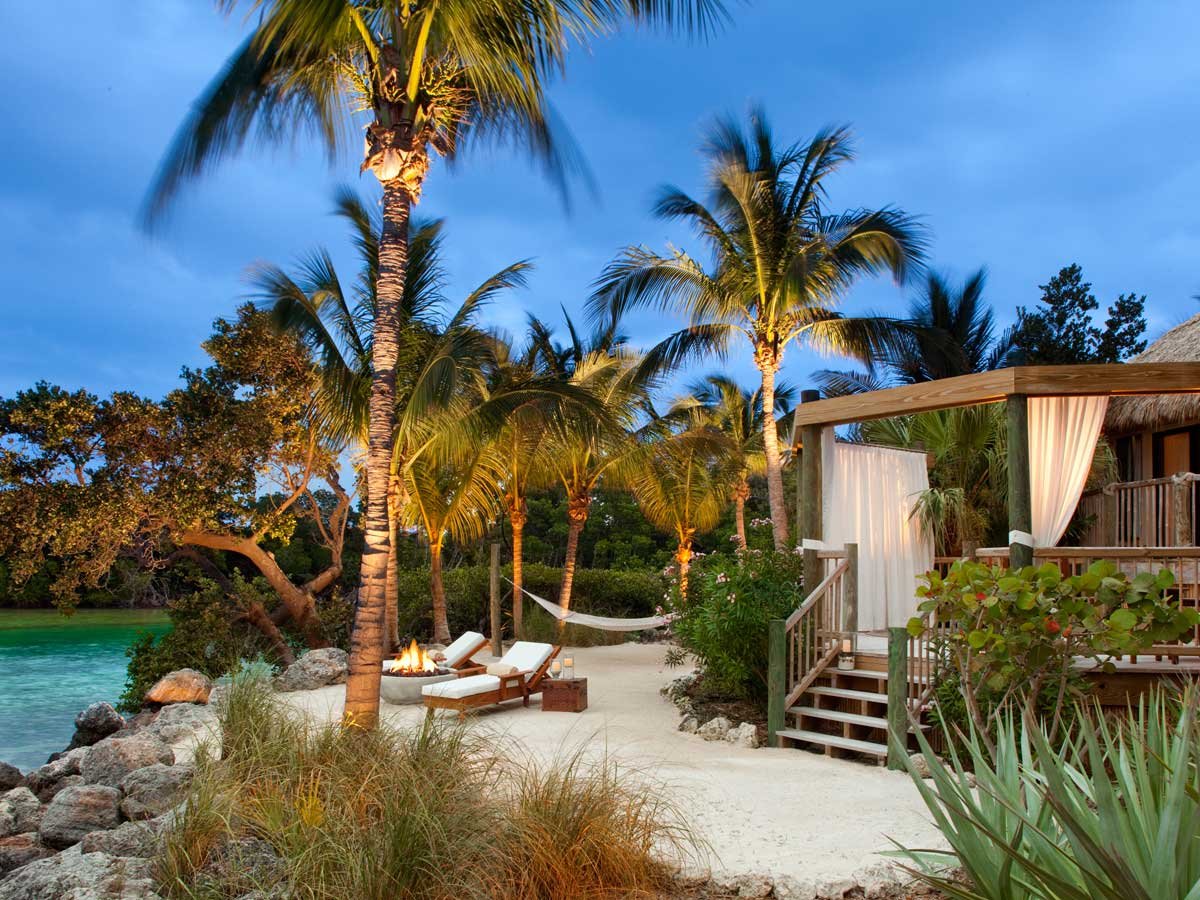Traveling like a local is about embracing authentic experiences, connecting with the culture, and seeing beyond the well-worn tourist paths. While big cities often get the spotlight, smaller, lesser-known destinations can offer even more unique and intimate encounters. In this guide, we’ll explore how to immerse yourself in the local lifestyle, wherever your travels take you.
1. Choose Lesser-Known Destinations
When most people think of travel, famous cities like Paris, Tokyo, or New York often come to mind. But opting for smaller, lesser-known destinations can open the door to more authentic experiences. For example, instead of visiting Florence, consider exploring the Tuscan town of Lucca; or swap Barcelona for Girona, where medieval architecture and charming cafes await.
Smaller cities often provide a deeper sense of place and culture, with local traditions that are still alive and thriving. These places typically experience less tourism, which means locals are more open and eager to share their way of life.
2. Stay in Locally-Owned Accommodations
To travel like a local, choose locally-owned accommodations over large hotel chains. Whether it's a family-run bed and breakfast, a boutique hotel, or an Airbnb in a local neighborhood, staying somewhere unique can give you a better sense of the local lifestyle. Often, hosts will provide tips on hidden gems and lesser-known spots that aren’t found in guidebooks.
If you can, consider booking a homestay, where you stay with a local family. It’s one of the best ways to get an up-close look at everyday life, including traditional meals, customs, and activities.
3. Learn Basic Phrases in the Local Language
Even if your destination has a high percentage of English speakers, learning a few key phrases in the local language can help you build rapport with residents. Simple greetings, "please," "thank you," and "how much does this cost?" can make a world of difference. Locals will appreciate the effort, and it often leads to more meaningful interactions.
For lesser-known destinations, where English may not be widely spoken, basic language skills will also be incredibly practical, making it easier to navigate public transportation, read menus, and ask for directions.
4. Explore Neighborhoods Away from the Tourist Hubs
In many cities, there are neighborhoods where locals live, shop, and socialize that aren’t frequented by tourists. To travel like a local, venture away from the main attractions and explore residential districts. Walk through local markets, parks, and cafes. Pay attention to where people gather and what they’re doing—whether it’s a bustling outdoor market, a small community event, or just an everyday hangout at a coffee shop.
When visiting a city like Mexico City, skip the more tourist-centric areas such as Centro Histórico, and spend time in Roma or Condesa, where you can find a mix of eclectic shops, galleries, and food spots frequented by locals.
5. Eat Where the Locals Eat
One of the best ways to connect with a place is through its food. Seek out local eateries, food stalls, or hole-in-the-wall restaurants instead of chain establishments or places catering specifically to tourists. Food markets can also provide a window into local culture; try street food or visit a traditional market for a taste of local flavors.
To find these spots, ask a local for recommendations, or use social media to find popular eateries that locals frequent. Apps like Google Maps or Yelp can sometimes highlight lesser-known gems based on user reviews that indicate the presence of locals rather than tourists.
6. Participate in Local Festivals and Events
To truly immerse yourself in the culture, attend local festivals, parades, or cultural events. It’s a great way to experience the traditions, music, food, and dance of the area. Events like regional holidays, markets, and craft fairs often provide a richer cultural experience than conventional sightseeing.
Research what's happening in the city before you arrive. Festivals like Fête de la Musique in France or local harvest celebrations in small Italian towns can offer unique and memorable experiences.
7. Use Public Transportation or Walk
Instead of relying on taxis or rideshares, use public transportation to get around. Trains, buses, and trams not only offer insight into how locals commute but can also be a fun way to see the city. Walking or renting a bicycle allows you to discover things you might otherwise miss when traveling by car.
In many cities, you can find guided walking tours led by locals or even free "walking conversations" where residents share stories about their neighborhoods. This can be a great way to learn the history and culture from a local perspective.
8. Shop at Local Markets and Boutiques
Rather than heading to the nearest mall or chain store, visit local markets, artisan shops, and boutiques. Whether you're looking for souvenirs, clothing, or local crafts, buying directly from local artisans supports the community and gives you a chance to pick up unique items.
Look for farmers' markets, flea markets, or independent stores to find something special. In smaller towns, you'll often find locally-made products like ceramics, textiles, and food items that reflect the culture and traditions of the area.
9. Join a Local Class or Workshop
Taking part in a local class or workshop is a fantastic way to learn a new skill while engaging with the community. Consider cooking classes, traditional crafts, language lessons, or even dance classes. This allows you to gain a hands-on understanding of the culture and meet other locals who share similar interests.
For example, in a city like Kyoto, you could participate in a traditional tea ceremony workshop, or in Bali, try a batik-making class. These activities not only offer a cultural education but create memories that last longer than just sightseeing.
10. Embrace the Unplanned
Part of traveling like a local is embracing spontaneity. Leave room in your itinerary for unplanned experiences, like a local inviting you to a neighborhood event, discovering a new favorite café, or finding a hidden park. Sometimes the best travel memories come from unexpected moments, when you allow yourself to wander without a strict schedule.
Conclusion
Traveling like a local in lesser-known cities opens the door to authentic and rewarding experiences. By choosing smaller destinations, engaging with the community, and embracing the local way of life, you can enjoy a deeper connection with the places you visit. The journey becomes not just about the sights, but about the stories, flavors, and people that make each place unique. So, the next time you plan a trip, venture off the beaten path and explore the world like a local.



















